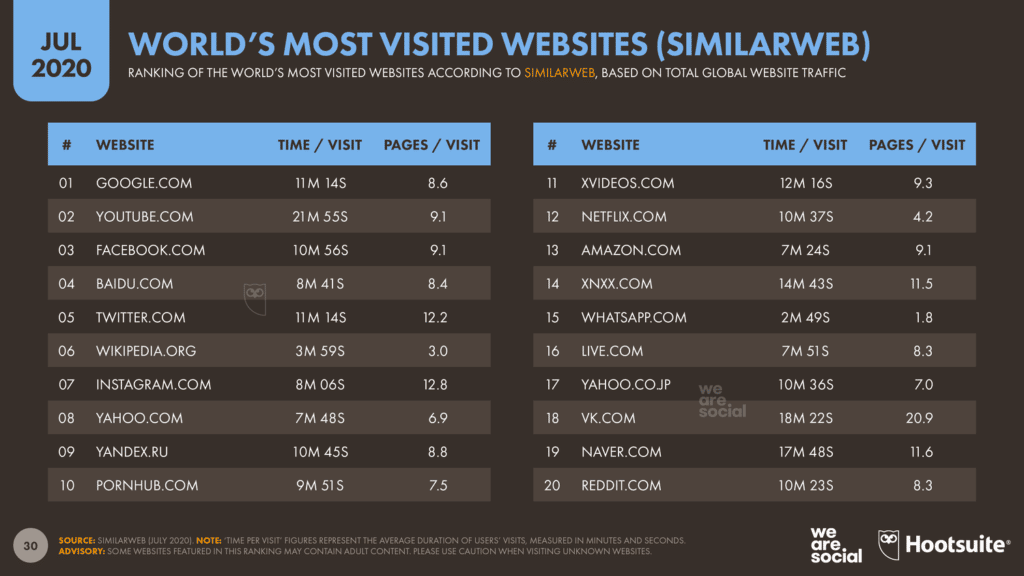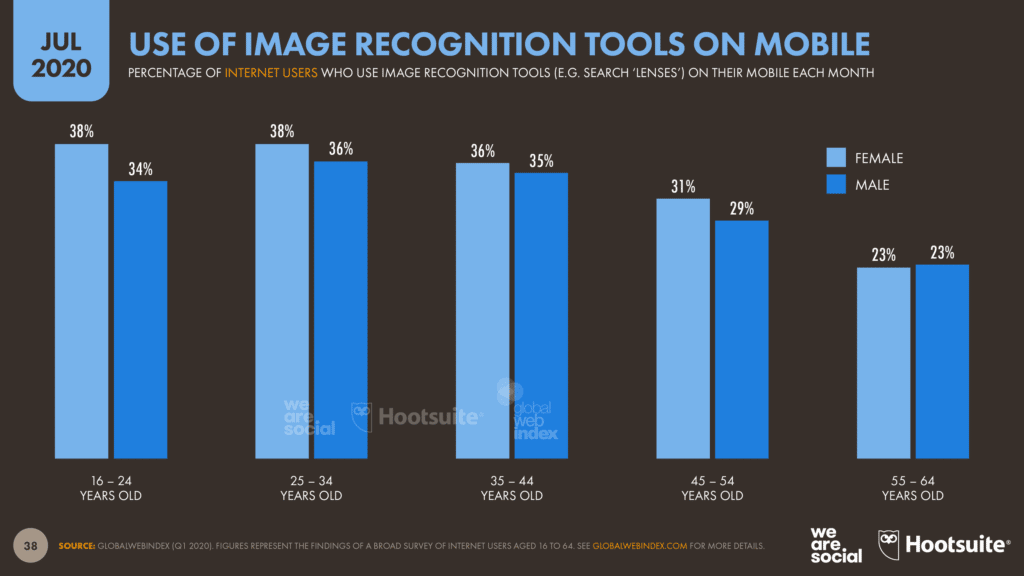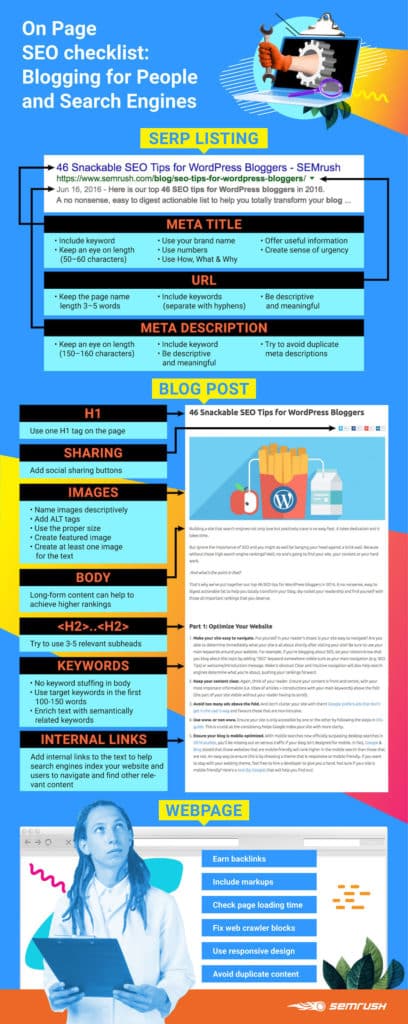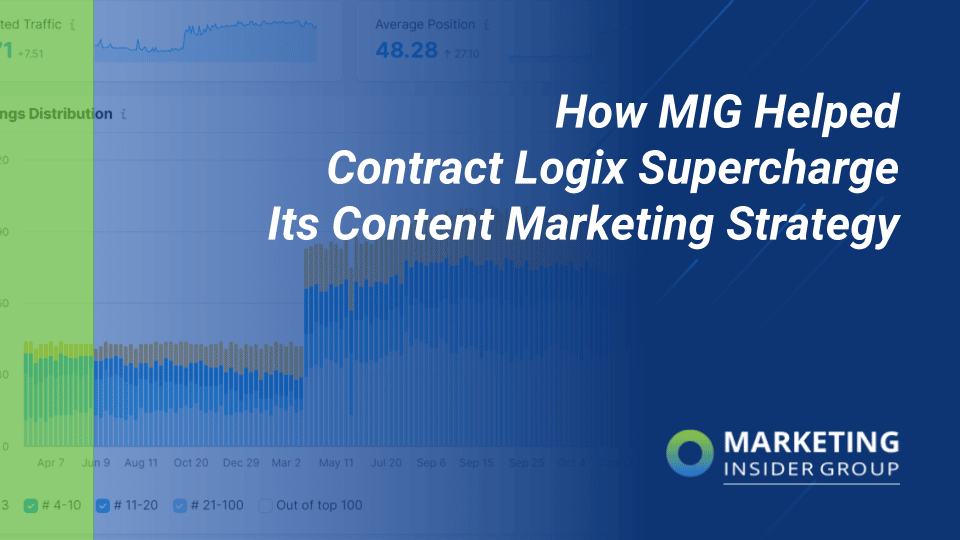
How does a relatively small marketing organization scale its content strategy and deliver more valuable content to its customer base? Customers crave useful and informative content, but in a busy company, there are only so many hours in a day—and often not enough to produce the quantities of content it needs. The solution is to outsource content creation to a marketing firm experienced in writing compelling, high-powered articles.
That’s precisely the situation faced by Contract Logix. The company needed more quality content than staff could produce internally, so they turned to the content creation pros at MIG. The result was more useful content on a more regular basis—along with increased visibility and higher keyword rankings.
Quick Takeaways:
- Contract Logix provides automated contract management software
- When faced with difficulty keeping up with its content marketing strategy, Contract Logix contacted the experts at Marketing Insider Group
- MIG provided high-quality articles and blog posts that augmented Contract Logix’s internal writing
- Thanks to MIG, Contract Logix increased website traffic, visibility, and search visibility
Contract Logix: Automating Contract Management
Contract Logix is a B2B SAS company that provides contract management software to several industries. The company’s contract management solution replaces manual contract creation and management, automating the entire contract lifecycle. Instead of shuffling paper contracts to be reviewed and signed, Contract Logix lets companies manage all their contract digitally, from inception through execution and archiving.
Automating the contract lifecycle has numerous benefits, including increased compliance, lower risk, fewer errors, and lower costs. It also speeds up the contract process, helping contracts get executed in days instead of weeks or months.

Contract Logix’s challenge was informing potential customers about their contract management software, what it does, and how it can benefit them. The company concluded that the best way to get the story out was via content marketing and embarked on a strategy that heavily relied on informative and persuasive online articles and blog posts.
The only problem was that someone had to write all those online articles and blog posts—and the company’s marketing staff was already tapped to the max.
The Problem: Not Enough Bandwidth to Scale a Content Marketing Campaign
Contract Logix is a big company in the contract management space but with a relatively small marketing staff. Producing a regular stream of detailed online articles and blog posts was beyond what the company could commit to. They could write some articles but couldn’t scale up to the quantity necessary for a robust content marketing plan.
To supercharge their marketing strategy, the team at Contract Logix needed to produce several 1000-word articles each month. Unfortunately, they didn’t have the bandwidth for that. They needed help increasing the publishing cadence, optimizing articles for SEO, and delivering more valuable content to their audience.
The Solution: Engage the Content Experts at MIG
David Parks, the company’s Vice President of Marketing, knew he needed to supplement his internal content with high-quality content from an outside source, but he had concerns. He wasn’t sure outside writers would understand the contract management space enough to write valuable content. He didn’t want to spend long hours editing and rewriting other people’s content.
David also didn’t want to spend an inordinate amount of time working over the content to make sure it fit with the company’s other website content and was fully optimized for SEO. If he had to spend too much time guiding and editing outside writers, it might not save him any time over writing it himself.
The solution was to engage the content marketing experts at Marketing Insider Group. David had previously worked with MIG’s Michael Brenner and knew the kind of quality content he produced. David and Michael believe that brands need to think of themselves as publishers, which made MIG the perfect partner for Contract Logix’s growing content needs.
Before employing MIG, David and his team at Contract Logix wrote everything internally. MIG supplemented the company’s internal content and let staff focus on writing about the things they liked. MIG helped the company fill out its portfolio and increase its publishing schedule. In the 18 months Contract Logix has been working with MIG, they’ve ideated 150 keywords, had 136 headlines approved, and 85 articles delivered.

David was especially pleased with the quality of content from MIG’s stable of professional writers—and how fast they got up to speed.
“What surprised me,” David commented, “was how quickly the writers were able to start producing content that was extremely high quality. The writing is always grammatically spot on. I don’t know if I’ve ever even had to edit anything from a grammatical standpoint.”
The Result: Increased Visibility and Higher Keyword Rankings
The increased quantity and high quality of writing had a marked impact on Contract Logix’s visibility and website traffic.
“We see such a huge amount of traffic coming into these blogs,” said Justin Perkins, a Solutions Engineer who’s written multiple articles for the Contract Logix site. “We have absolutely seen an increase in organic traffic over the last couple of years that we’ve been working with MIG. And it continues to grow. [Organic traffic] probably represents 50% of all site traffic, and that is largely driven by the blog. We have also seen an increase in blogs that convert into marketing qualified leads or, in our case, a demo request.”
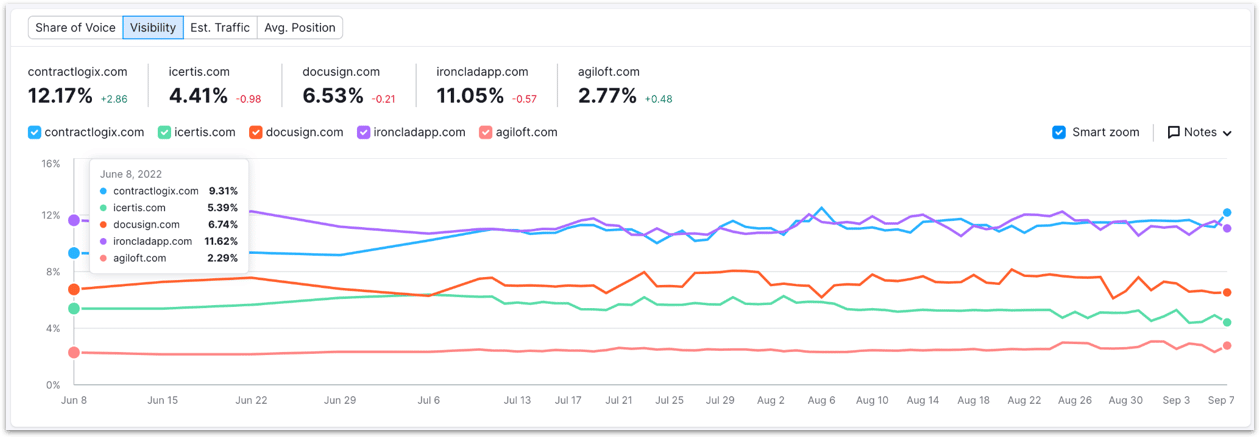
Contract Logix has been working with MIG since March 2021. In that time:
- Search visibility increased from 11.55% to 12.17%
- Traffic increased from 13.34% to 13.89%
- Average position increased from 49.75% to 50.32%
In August 2022, the company had 19 keyword rankings in the top three, 34 in the top ten, 55 in the top twenty, and 93 in the top one hundred. Contract Logix also had four featured snippets on Google—and 9 of the site’s top 10 pages were from the company’s blog. (The tenth was the site’s home page.)
When asked what it’s like to work with MIG on content marketing, David Parks said this:
“I would highly recommend them. They should be part of anyone’s content marketing strategy.”
Can MIG Help Your Company’s Content Marketing?
Marketing Insider Group helped Contract Logix improve the quality and quantity of its content marketing and reap the rewards from that effort. MIG can work with your firm to develop an effective content marketing strategy and provide high-quality blog writing services. Companies that publish articles more frequently get better results—and MIG can help your company increase your publishing frequency.
Contact MIG today to learn how content marketing can help grow your business.
The post How MIG Helped Contract Logix Supercharge Its Content Marketing Strategy appeared first on Marketing Insider Group.
Did you miss our previous article…
https://www.sydneysocialmediaservices.com/?p=3508


